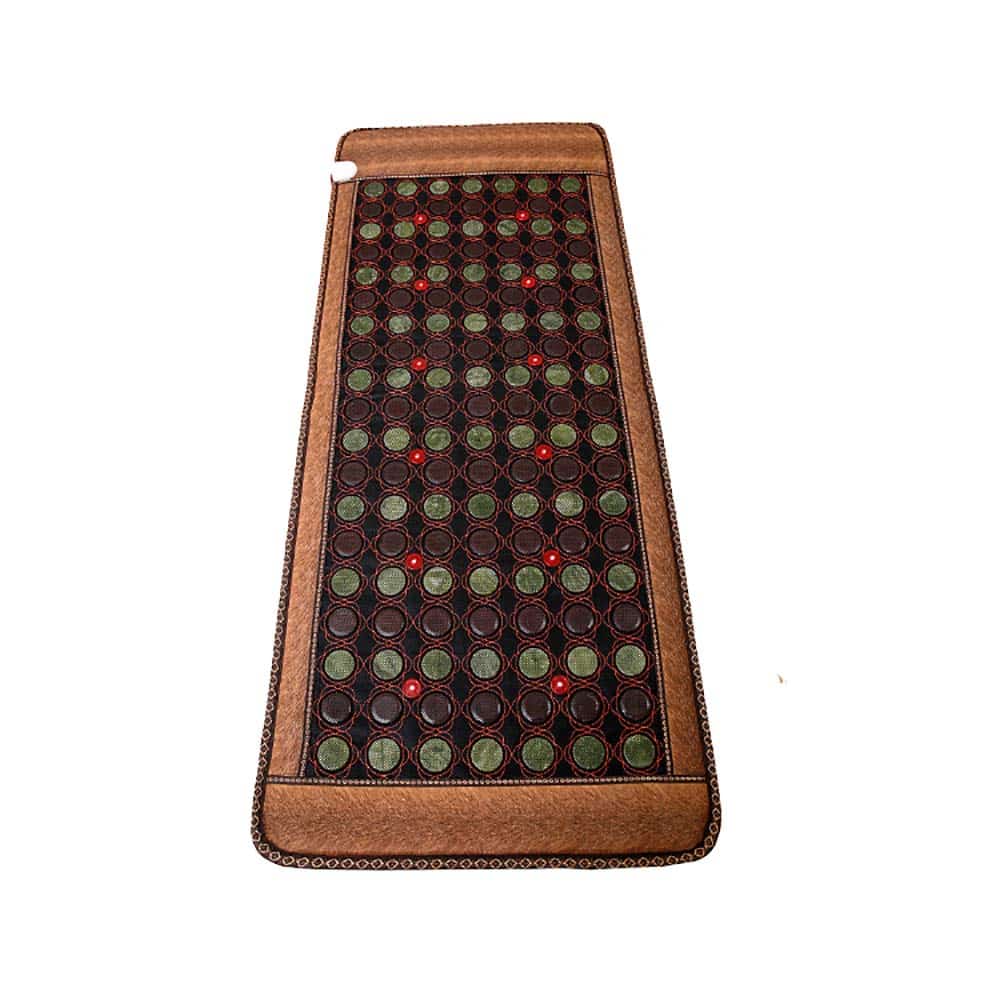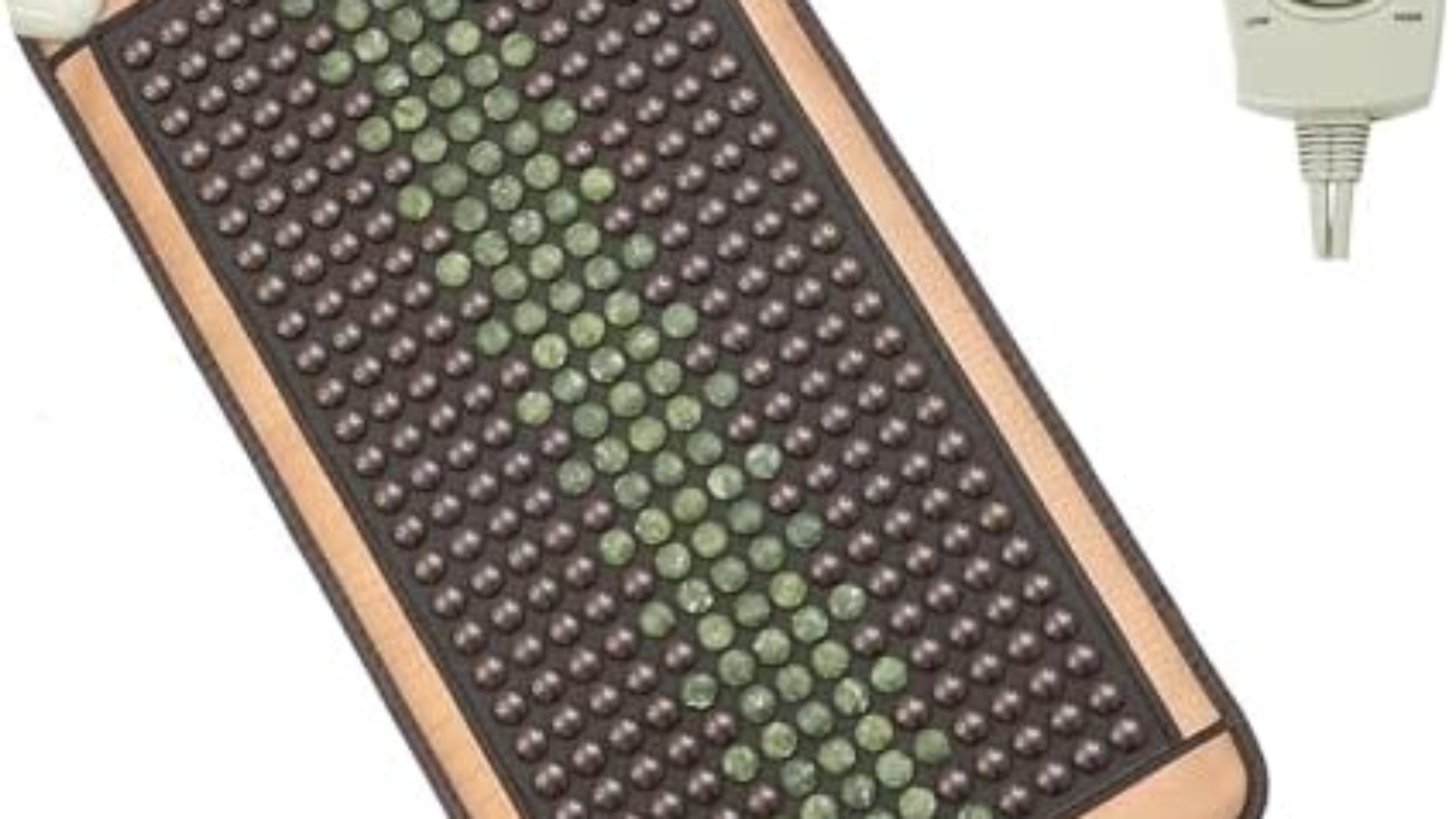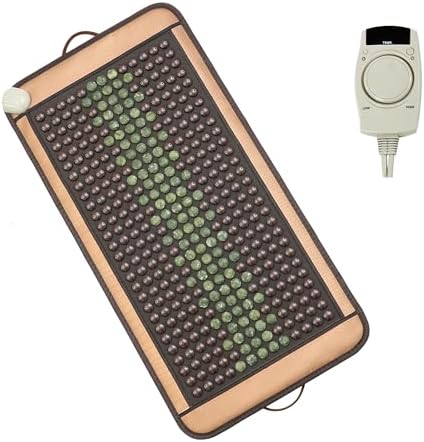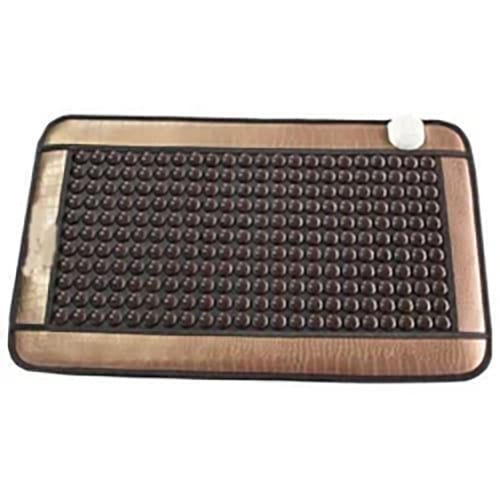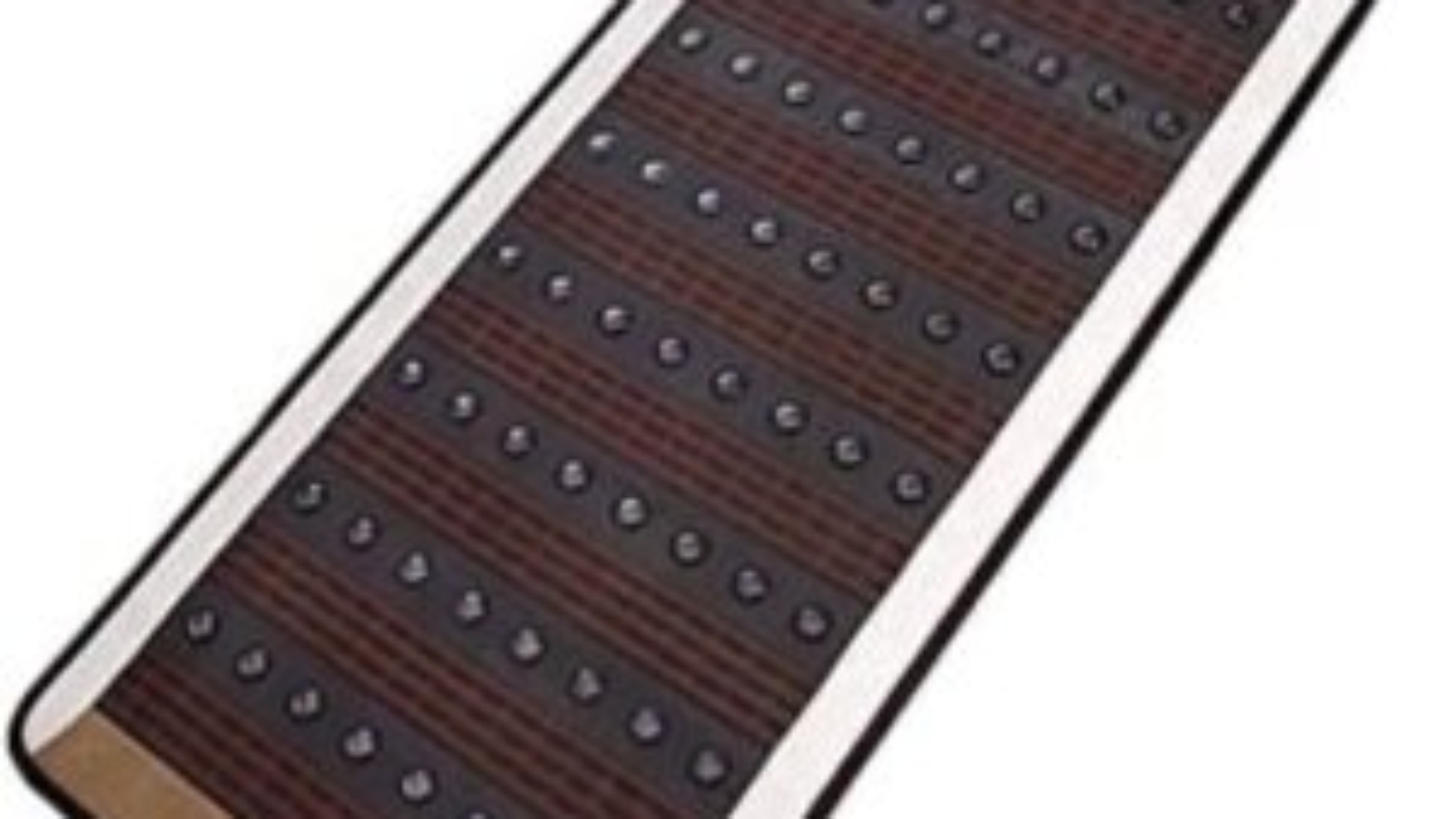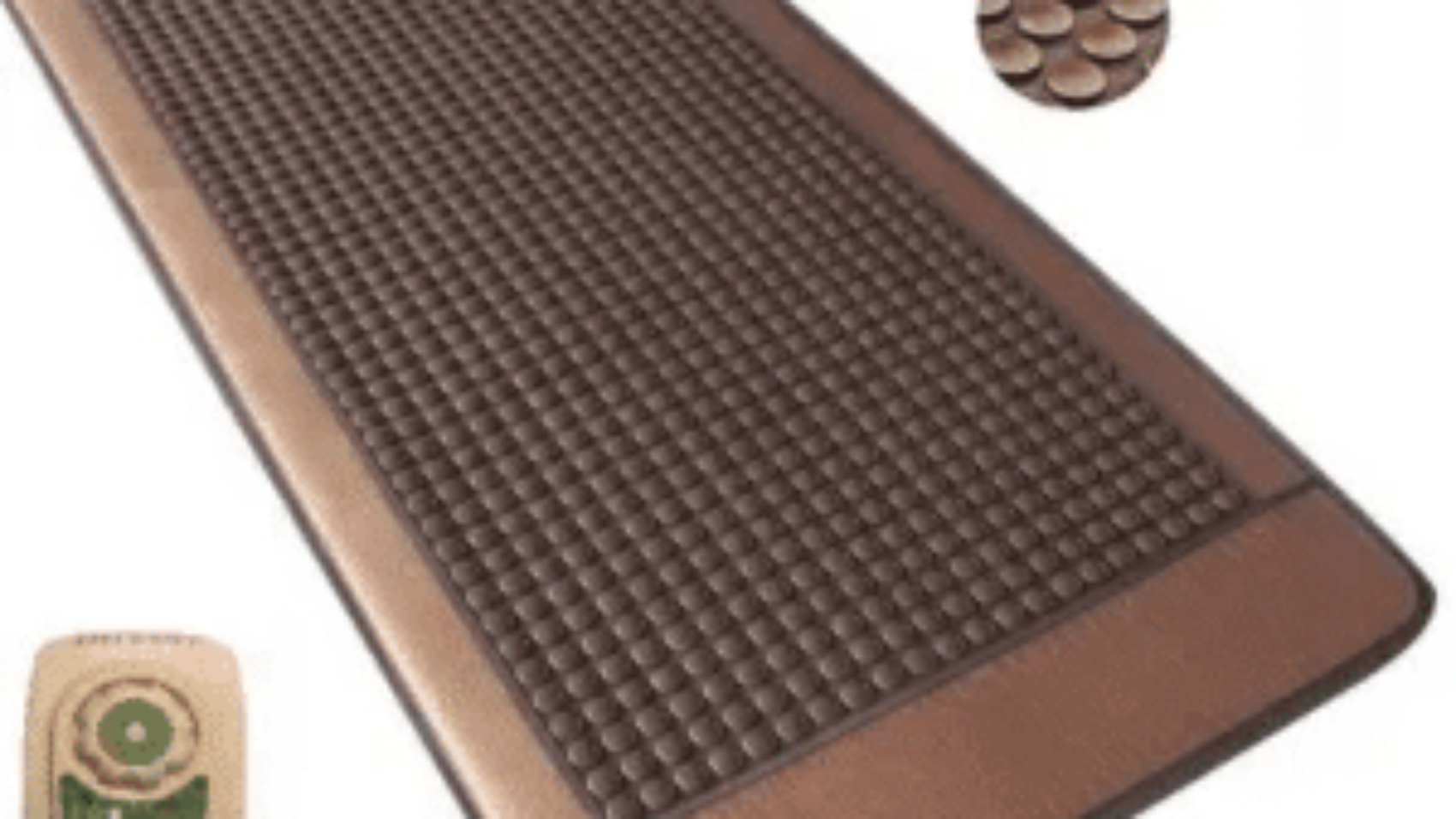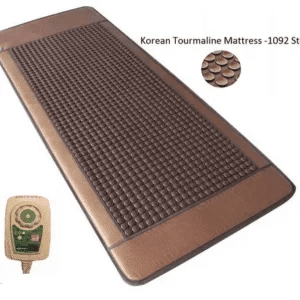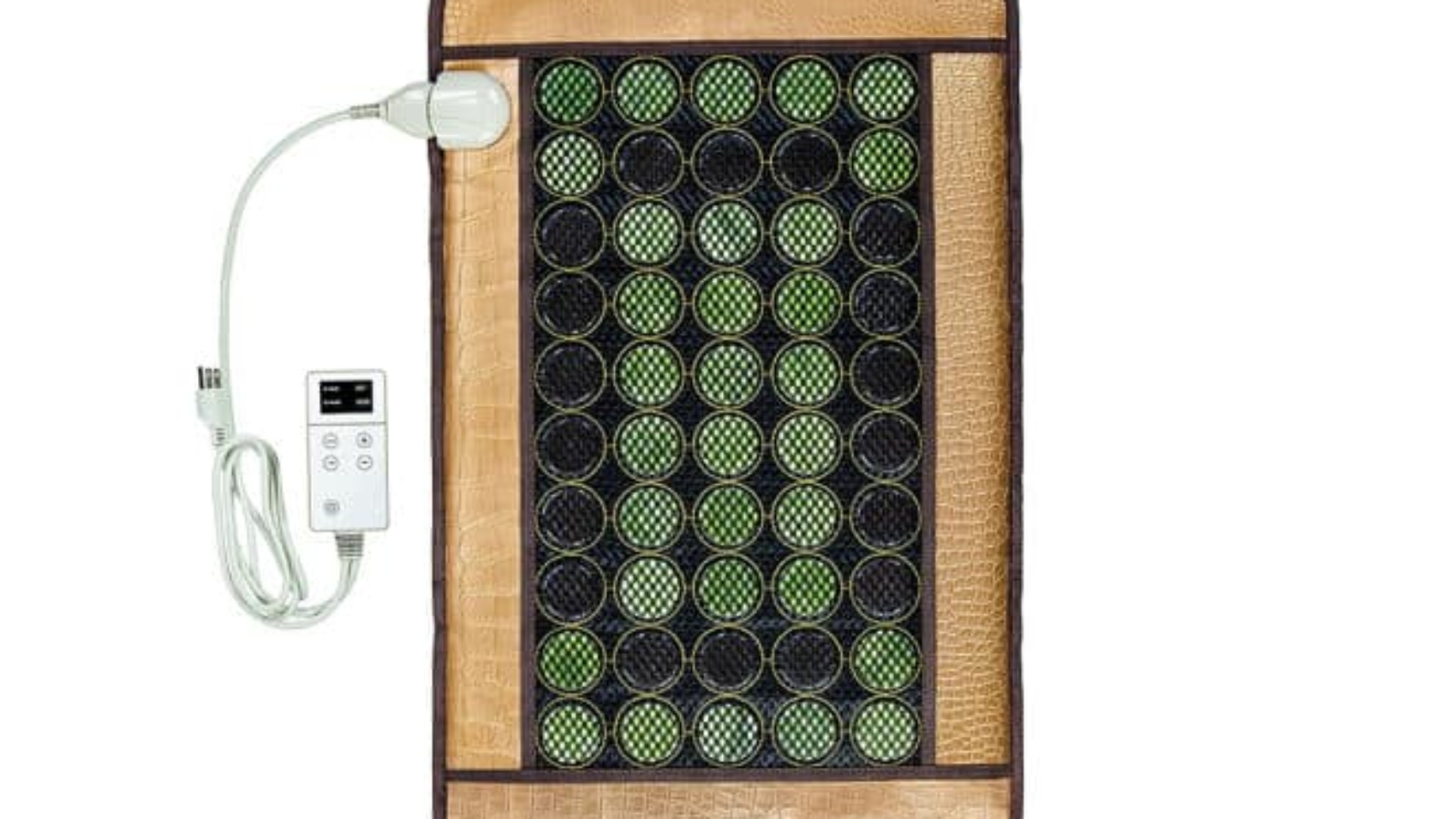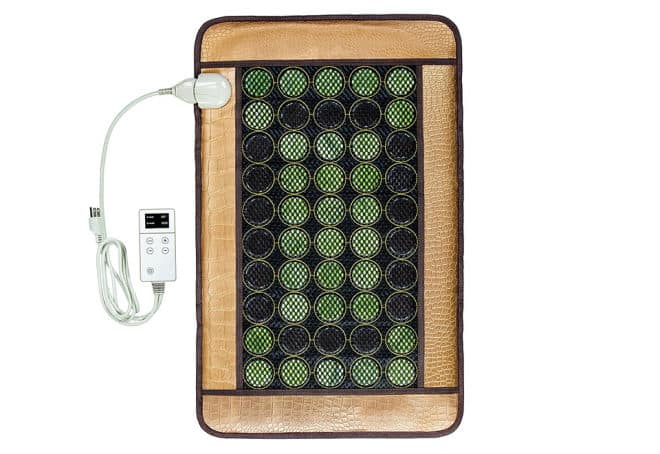
Introduction of Pregnancy Meal Plan
Pregnancy is a journey with many things to think about, from prenatal care to getting ready for your baby’s arrival. The significant influence of nutrition on fetal development and maternal health is at the center of this journey. Creating a pregnancy meal plan is about more than just feeding your hunger; it’s about making sure that every food you eat promotes your health and the health and development of your unborn child.
Your body changes remarkably during pregnancy. The nutrition you eat affects every part of your health, from physical changes to hormonal changes. A carefully thought-out pregnancy meal plan is not a luxury rather, it is an essential tool that will help you navigate the complex dance between macronutrients and micronutrients, which is the cornerstone of a healthy pregnancy.
We go deeply into the nuances of designing a pregnancy meal plan that suits your dietary requirements and preferences in this extensive guide. Knowing how nutrition plays a key role during this life-changing time is important whether you’re planning to become a mother for the first time or are expecting your second child. We’ll go over the vital nutrients your body needs, provide helpful hints for cooking, and offer delectable recipes that are the ideal combination of flavor and nutrition.
Come along on this journey with us as we honor the wonder of life and give you the tools you need to make decisions that will best support your baby and your health. Come with me as we explore the world of pregnancy meal plans, where every meal is a source of love, nourishment, and excitement for the wonderful journey that lies ahead.
Recognizing the Needs for Nutrition During Pregnancy
Macronutrients: The Fundamental Components
The body must meet special nutritional needs during pregnancy, which include consuming more macronutrients to support the fetus’s growth and development. Among these macronutrients are:
- Carbohydrates: Choose complex carbs like those found in whole grains (like brown rice and whole wheat bread), fruits (like apples and berries), and vegetables (like spinach and kale). These give you the energy and fiber you need to keep your digestive system healthy and avoid constipation while pregnant.
- Proteins: A sufficient diet of proteins is necessary for the development of fetal tissues, including the brain, as well as for the mother’s larger blood volume. Lean meats (such as chicken, and turkey), seafood (such as salmon, and trout), eggs, legumes (such as beans, and lentils), and dairy products (such as yogurt, and cheese) are all excellent sources of protein.
- Fats: A developing fetus’s brain and nervous system depend on healthy fats for development. Incorporate unsaturated fat sources into your pregnancy meal plan, such as avocados, nuts (like almonds and walnuts), seeds (like chia and flaxseeds), and olive oil.
Micronutrients: Vital Minerals and Vitamins
Micronutrients are just as important as macronutrients in maintaining the health of mothers and the development of fetuses. Important minerals and vitamins to pay attention to are:
- Folic acid: Folic acid, commonly referred to as folate, is a B vitamin that is necessary to prevent neural tube defects in developing fetuses. Legumes (like chickpeas and black beans), fortified cereals, and leafy green vegetables (like spinach and kale) are all excellent dietary sources.
- Iron: The production of hemoglobin, the oxygen-carrying protein in red blood cells, requires the body to use more iron during pregnancy. Include foods high in iron in your pregnancy meal plan, such as fish, poultry, lean red meats, and leafy green vegetables.
- Calcium: A baby’s developing bones and teeth are supported by an adequate calcium intake. Good sources of calcium include dairy products (milk, cheese, yogurt), fortified plant-based milk (almond milk, soy milk), tofu, and leafy green vegetables.
- Omega-3 fatty acids: Mainly present in fatty fish (sardines, mackerel, and salmon), omega-3 fatty acids are essential for the development of the fetus’s brain and eyes. If you’re not a fish eater, you might want to think about taking an algae-based high-quality omega-3 supplement.
Creating a Meal Plan for Pregnancy
Ideas for Breakfast
In addition to providing vital energy and nutrients, a healthy breakfast sets the tone for the rest of the day. When creating your pregnancy meal plan, take into account the following breakfast options:
- Whole-grain avocado toast: For a filling and healthy way to start the day, top whole-grain toast with mashed avocado and poached egg.
- Greek yogurt parfait: For calcium- and antioxidant-rich, high-protein breakfast, top Greek yogurt with fresh berries and a dusting of granola or chia seeds.
- Nuts and dried fruits on top of oatmeal: Cook oats in milk or water, then add nuts (like almonds or walnuts) and dried fruits (like raisins or apricots) for a high-fiber, low-sugar meal that helps control blood sugar levels.
Options for Lunch and Dinner
Aim for balanced lunch and dinners that include a range of nutrient-dense foods:
- Grilled chicken or tofu with quinoa and steamed vegetables: Quinoa is a complete protein, and grilled chicken or tofu adds extra protein and vital amino acids to the dish along with some steamed veggies. Serve alongside a vibrant assortment of steaming veggies to get extra vitamins and minerals.
- Salmon paired with brown rice and roasted sweet potatoes: Brown rice and sweet potatoes offer fiber and complex carbohydrates, while salmon is high in omega-3 fatty acids. Sweet potatoes’ inherent sweetness and nutrient content are enhanced when they are roasted.
- Stir-fried beans and vegetables with whole wheat noodles: Stir-fries are a simple and versatile dish to make. Pick a range of vibrant veggies, including broccoli, carrots, and bell peppers, as well as beans that are high in protein, like edamame or black beans. Serve with whole wheat noodles for a filling and healthy dinner.
Snacks and Beverages
Snacking healthily throughout the day can help suppress appetite and sustain energy levels:
- Fresh fruit and nut butter: For a filling snack high in fiber, vitamins, and good fats, combine slices of apple or banana with a tablespoon of almond or peanut butter.
- Carrot sticks with hummus: Chickpea-based hummus is an excellent source of fiber and protein. For a crunchy and wholesome snack, dunk carrot sticks, cucumber slices, or whole-grain crackers into hummus.
- Trail mix with nuts and dried fruits: For a portable snack that offers a combination of healthy fats, protein, and carbohydrates, combine nuts like cashews and almonds with dried fruits like cranberries or apricots.
Drinking Water
Maintaining adequate hydration during pregnancy is crucial for maintaining amniotic fluid levels, digestion, and circulation. Drink 8 to 10 glasses of water a day minimum, and think about adding natural fruit juices (like ones that have been diluted with water to lower the sugar content) and herbal teas (like ginger and peppermint) to your pregnancy meal plan.
Crucial Points to Remember
Items to Steer Clear of
It’s imperative to stay away from the following foods while pregnant as they could be harmful to both you and your unborn child:
- Raw or undercooked meats and eggs: Meats and eggs that are raw or undercooked may contain dangerous bacteria like Salmonella or Listeria.
- Unpasteurized dairy products: Dairy products that have not been pasteurized Pasteurization helps get rid of dangerous bacteria and pathogens.
- Some fish species with elevated mercury levels: Predatory fish that may contain high levels of mercury, such as shark, swordfish, king mackerel, and tilefish, should be consumed in moderation.
Speaking with Your Medical Professional
As every pregnancy is different, so too can a person’s dietary requirements. Before making any big dietary or pregnancy meal plan changes, it’s imperative to speak with your doctor or a registered dietitian. Based on your nutritional requirements during pregnancy, food preferences, and medical history, they can offer tailored advice.
Conclusion
As we come to the end of our exploration of pregnancy meal plans, it is important to consider the importance of nutrition during this life-changing stage of pregnancy. Creating a thoughtful and well-balanced pregnancy meal plan is about adopting a lifestyle that puts your growing baby’s health and your health first, not just following rules.
We’ve covered all the important elements of a pregnancy meal plan in this guide, from macronutrients that support growth and provide energy, like proteins, carbohydrates, and fats, to micronutrients that are crucial for fetal development, like folic acid, iron, calcium, and omega-3 fatty acids. We’ve talked about easy ways to prep meals, mouthwatering recipe ideas, and crucial points like what to avoid and how important it is to stay hydrated.
Keep in mind that your pregnancy meal plan should be customized to meet your particular requirements and tastes. A registered dietitian or your healthcare provider can offer customized advice based on your medical history, dietary restrictions, and unique nutritional needs during pregnancy. They can provide advice and encouragement to make sure your pregnancy meal plan is as beneficial to your health as it is to the development of your unborn child.
May your pregnancy meal plan be more than just a list of foods as you set out on this amazing journey of motherhood; rather, let it be a symbol of your dedication to providing for both yourself and your unborn child. Every meal is an occasion to give thanks for life, to nourish yourself with love, and to embrace the happy anticipation of meeting your child.




